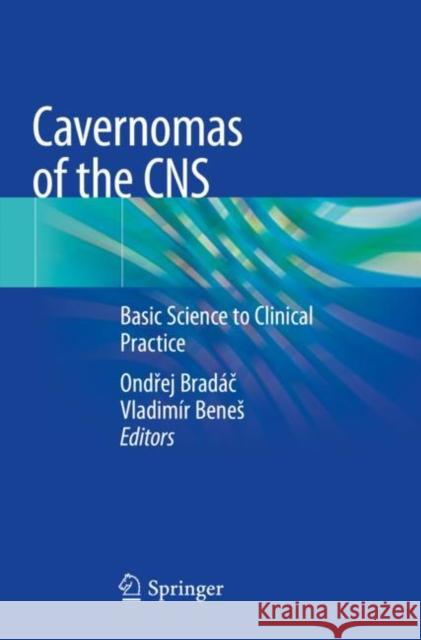Cavernomas of the CNS: Basic Science to Clinical Practice » książka
topmenu
Cavernomas of the CNS: Basic Science to Clinical Practice
ISBN-13: 9783030494087 / Angielski / Miękka / 2021 / 245 str.
Cavernomas of the CNS: Basic Science to Clinical Practice
ISBN-13: 9783030494087 / Angielski / Miękka / 2021 / 245 str.
cena 403,47
(netto: 384,26 VAT: 5%)
Najniższa cena z 30 dni: 385,52
(netto: 384,26 VAT: 5%)
Najniższa cena z 30 dni: 385,52
Termin realizacji zamówienia:
ok. 22 dni roboczych
Dostawa w 2026 r.
ok. 22 dni roboczych
Dostawa w 2026 r.
Darmowa dostawa!
Kategorie BISAC:
Wydawca:
Springer
Język:
Angielski
ISBN-13:
9783030494087
Rok wydania:
2021
Wydanie:
2020
Ilość stron:
245
Oprawa:
Miękka
Wolumenów:
01











